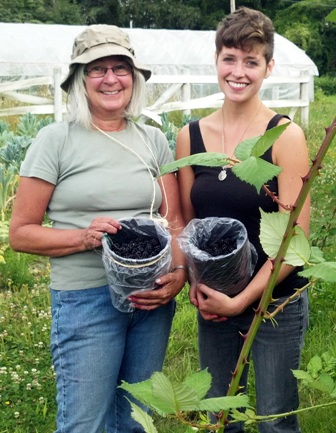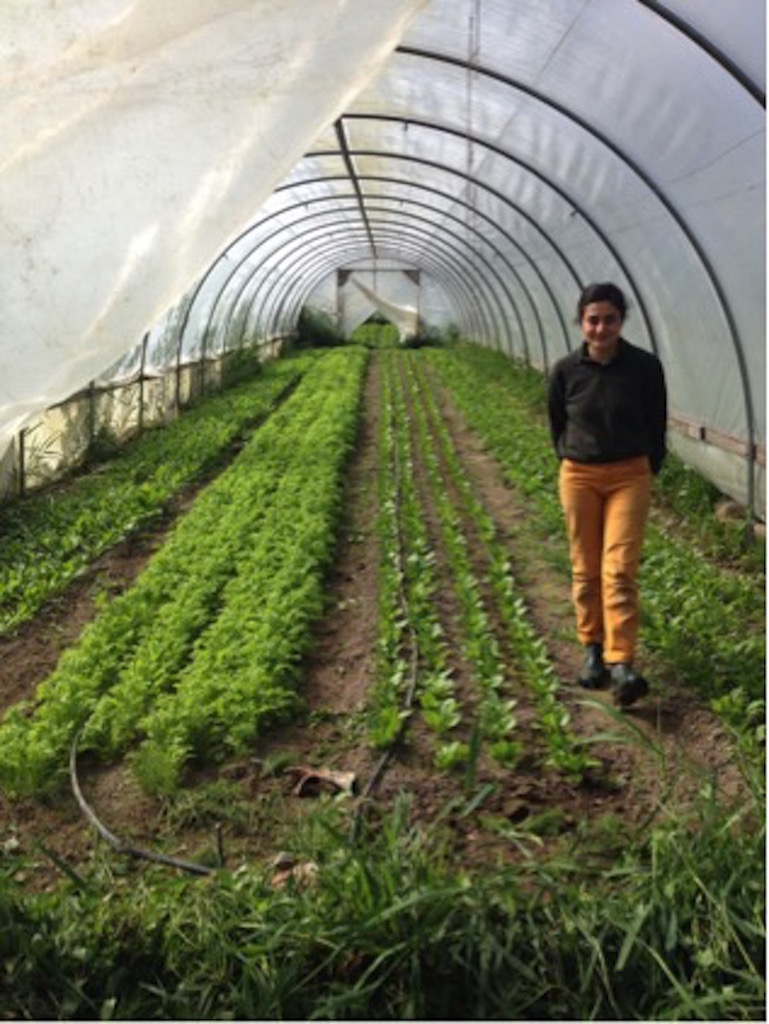
When recruiting farmers to donate surplus produce, face-to-face interactions are critical to yield new partnerships. Attending the local Sno-Valley Tilth meetings was the first step in meeting farmers face to face. Tilth organizations are made up of community members who support sustainable food production through farming, gardening, and education or as consumers and advocates. In Washington State, there are many Tilth organizations but the Harvest VISTA focused on Sno-Valley Tilth, local to the Snoqualmie Valley to meet area farmers. Meetings are held once a month, but farmers attended more often during the winter months when they weren’t quite so busy with production. These are social and educational events that provide a unique opportunity to develop relationships with farmers.
Another way to introduce yourself and the program to farmers is to ask farmers if you can visit their farm. It is best to use this approach in late winter or early spring, before the peak planting and harvest season. As you develop contacts with farmers and other community members, ask them to introduce you, either in person or through an email message, to others that they know in order to expand your network of potential donors.
-
A gleaning coordinator should approach a farm prepared to talk specifics of gleaning methods. Some of the questions that may be asked by the farmer:Will the gleaning crew come fully prepared with necessary equipment (e.g. knives, boxes, etc)?
-
Who are the gleaners (e.g. age)?
-
Where does the food go (specific organizations)?
-
When will gleaning take place (e.g. weekdays or weekends, morning or afternoon)?
Information from the farmer should be gathered if the farmer is interested in hosting events throughout the harvest season. Things that can be important to the farmer:
-
Preferred day of the week and time for a gleaning event
-
Special tools that would be necessary for the harvest
-
Maximum number of volunteers they would want to host
-
Parking area for the volunteers
-
Whether there is a port-a-potty near the fields

If farms are interested in becoming a regular gleaning host, setting up regularly scheduled gleans can yield tremendous benefits in volunteer participation and satisfaction by minimizing coordination logistics. It also is easier for the farmer to keep track of when we would be visiting and when to expect to be contacted about an upcoming glean. Weekly gleans at the same farm were confirmed a day or two before, and email communication went out to volunteers. The program could be further developed by having more farms willing to host occasional events, so that they could fill in on weeks when produce is not available at one of the regular farms. Also, a deep pool of on-call volunteers can help to fill gaps in gleaning crews when volunteers are absent.
A gleaning coordinator has the opportunity to give back to the farm in a variety of ways. Perhaps the easiest is to tell your volunteers about the generosity of that particular farm and how the volunteers can support them. Tell your gleaning crew the farm’s CSA program or which Farmers Markets they will find the farms produce.



